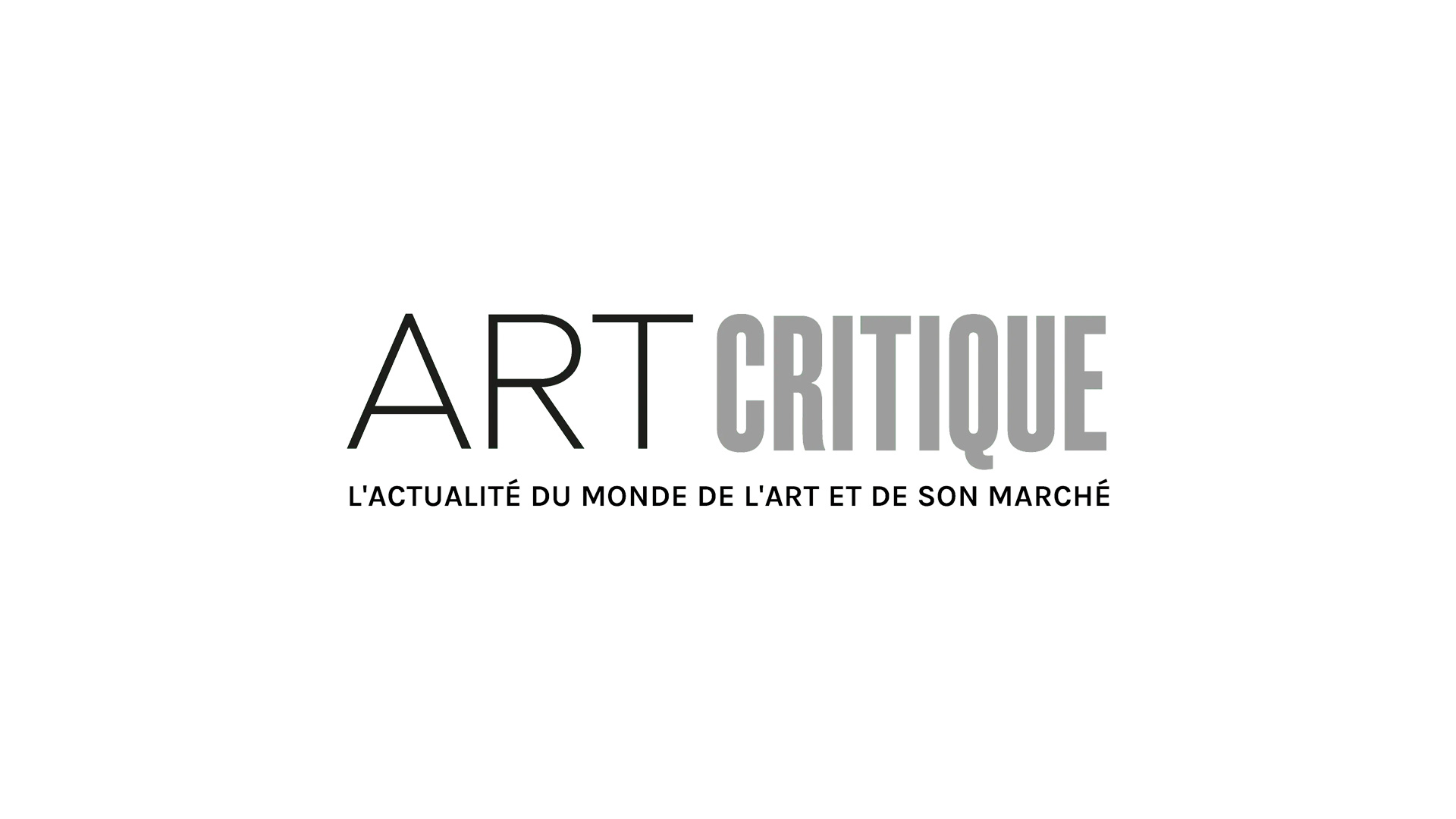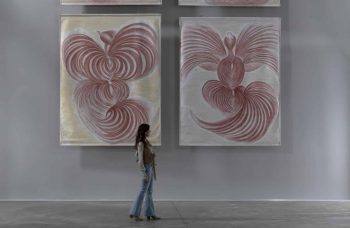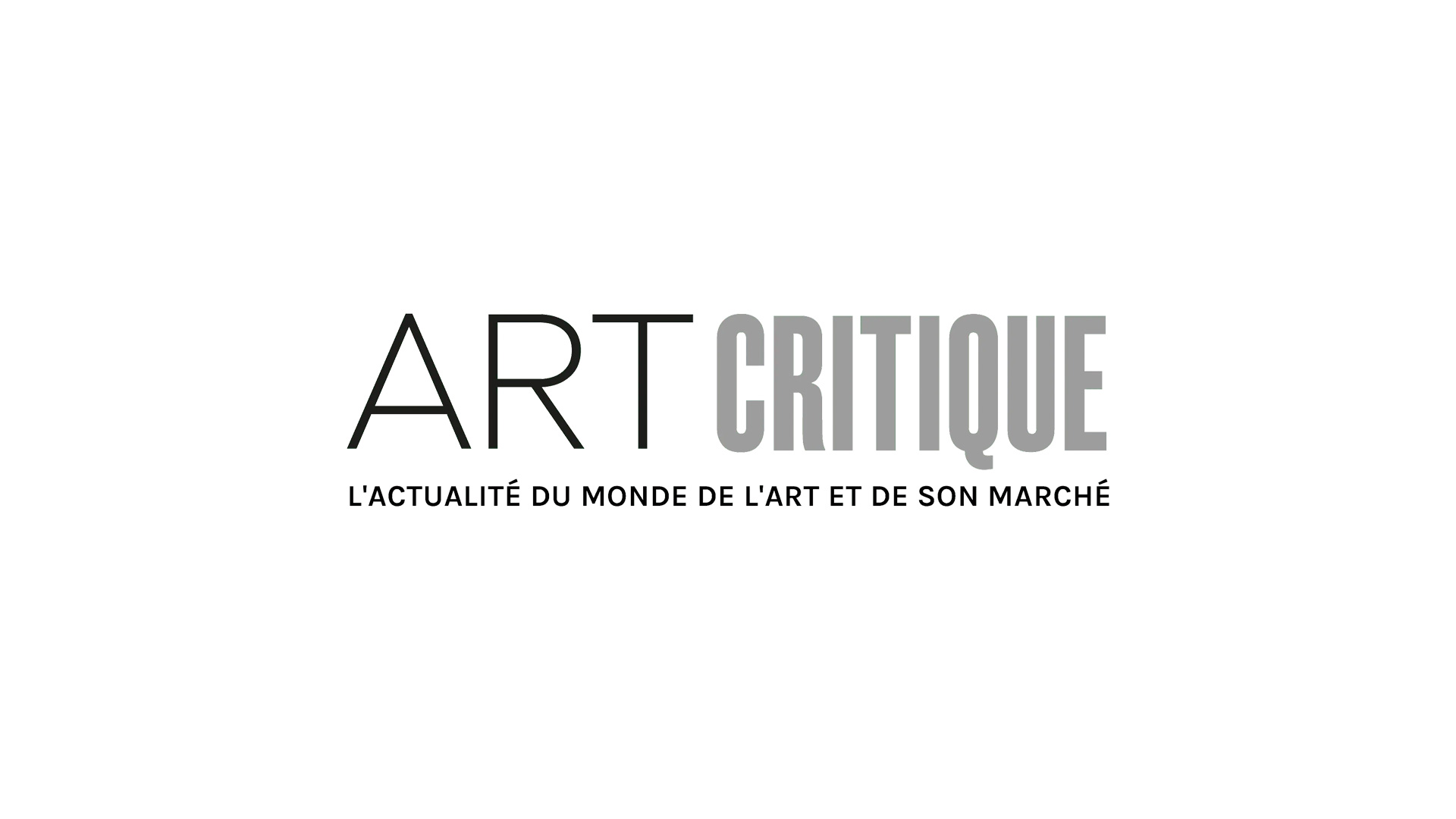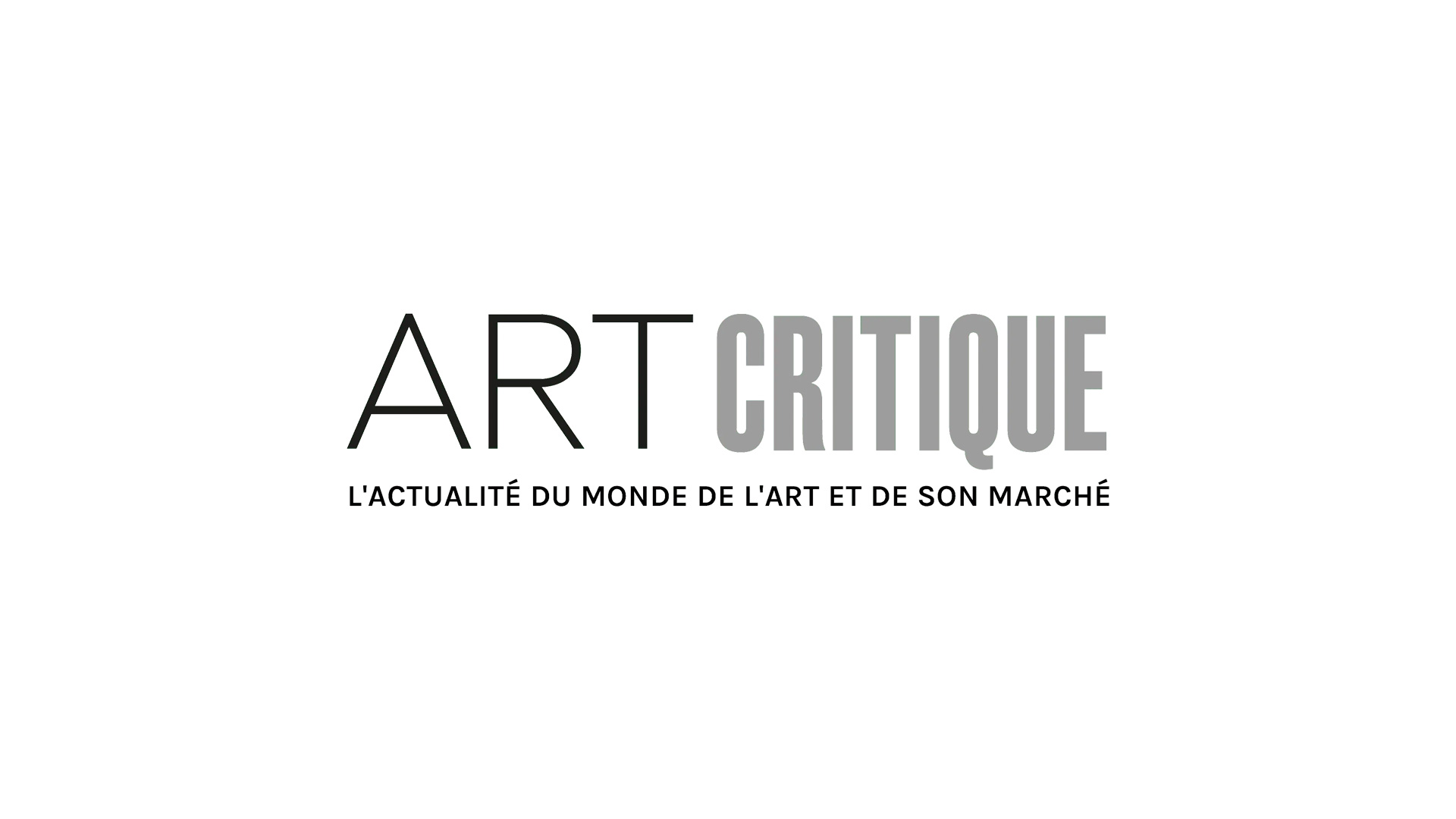In this week’s Art World Roundup, we look at a Picasso exhibition extended in London, the Met announces it will reconsider Sackler, and a new book on the Sistine Chapel that will set you back a pretty penny. Also, Mwazulu Diyabanza heads to court again and museums in France and Germany have started closing their doors amid tighter COVID-19 regulations.
Picasso show sticks around London a little longer
In September, “Atelier Picasso,” an immersive exhibition centered on the works of Pablo Picasso, opened at the BASTIAN in London. Originally due to wrap up at the end of October, the exhibition has been extended through December 12th. The exhibition features rare ceramic and linocut works by the renowned artist in a recreation of his Côte d’Azur studio. “Atelier Picasso” includes four “stage proofs” Le Banderillero, Bacchanale avec Chevreau et Spectateur, Etreinte II, a complete set of Picasso’s Visage Plate series, and Deux nus et têtes d’hommes and Le Voyeur. The exhibition has been modified to adhere to government safety regulations regarding COVID-19.

The Met continues to grapple with Sackler family name
Following a guilty plea from Purdue Pharma, founded by the brother Arthur, Mortimer, and Raymond Sackler, the Metropolitan Museum of Art has said that the use of the family’s name at the museum is “under review.” Purdue Pharma pleaded guilty this week to criminal charges for their part in the opioid crisis and will pay $225 million in civil penalties as part of an $8.3 billion settlement. In 2019, the Met distanced themselves from the Sackler family, pledging to no longer receive money from the family. Artist Nan Goldin and the activist group P.A.I.N. have continuously pressed museums to cut ties with the pharmaceutical family in recent years. Other arts institutions, some that have also distanced themselves from the family, that still bear the Sackler name include: London’s Serpentine Galleries; the American Museum of Natural History in New York City; some Smithsonian galleries; The Guggenheim in New York City; the British Museum in London; London’s Victoria & Albert Museum; London’s National Gallery; and Tate Modern. Last year, the Louvre discreetly removed the Sackler name from a wing and their website and London’s Natural History Museum and Tate Galleries have stopped receiving money from the family. Also, it is worth noting: After Arthur Sackler’s death in 1987, his portion of the pharmaceutical company was taken on by his brother. Thus, it was under Mortimer and Raymond Sackler that the company created and marketed Oxycontin

Want the Sistine Chapel in the palm of your hands?
On November 1st, a book with the most colour-accurate photographs of the Sistine Chapel, in 1:1 scale, will be released. It’ll just set you back $22,000. Simply titled The Sistine Chapel, the English edition of the compilation has been produced and published by Callaway Arts and Entertainment. Consisting of three volumes, each of the books is two-feet-tall and bound in silk and white calf. The Callaway team worked over the course of 67 consecutive nights to photograph the chapel in top-of-the-line gigapixel photographs. Ultimately, 270,000 images were captured before being combined to create the books. The Sistine Chapel’s photos are 99.4 percent accurate, so they might seem more realistic than if you were to see the frescoes yourself. When Callaway set out to create an updated version of a 1991 series that took on the famous chapel, they learned a project was already underway by Scripta Maneant, an Italian publisher. They then joined forces to create the tomb.. “You’re seeing it at the same size, at arm’s length, as a viewer as if you were a bird sitting on Michelangelo’s shoulder,” said Nicholas Callaway of the book. “If you put it in the realm of unique things, or if you put it in the context of the art market, $22,000 is not an expensive work of art.”

Congolese activist’s Louvre protests lands him in court, again
Mwazulu Diyabanza, a Congolese activist, appeared in court this week after attempting to take a sculpture from the Louvre on October 22nd. “I came here to take back what was stolen and plundered from us… to take back what was pillaged from Africa,” said Diyabanza in a video posted to his Twitter about the Louvre incident. According to ARTnews, the activist attempted to take an 18th-century sculpture from Flores, an island off the Indonesian coast that was once colonised by Portugal. Museum staff quickly intervened and retrieved the undamaged sculpture. After his hearing, Diyabanza was released before his trial, which is scheduled for December 3rd. The trial’s slight delay is due to the case’s “complexity” stated the judge. In recent months, Diyabanza has led similar protests at the Quai Branly Museum in Paris, Museum of African, Oceanic and Native American Arts in Marseille, and the Afrika Museum in Berg en Dal. Earlier this month, Diyabanza received a €2,000 fine for his actions at the Paris museum, but received no prison time. The activist has upheld that his actions are not to actually steal the objects involved, but to protest institutions whose collection are built upon colonialism. In a New York Times article, Diyabanza pledged “Anywhere that our artworks and heritage are locked up, we will go and get them.”
Philip Guston exhibition now set for 2022, not 2024
After sparking controversy for its delay, a retrospective of works by Philip Guston will now be held in 2022. Originally scheduled to have opened in June of this year, the retrospective, “Philip Guston Now” was initially postponed due to the pandemic. Last month, the four museums organising the exhibition announced its delay once more, this time to 2024 due to nature of some of Guston’s art. Roughly 24 of the works that were intended for the exhibition feature hooded Ku Klux Klan members and the museums were concerned that they would be “misinterpreted,” so they opted to delay the show to make a better-informed presentation. The postponement drew a lot of criticism from members of the art world who saw the move as an act of censorship and nearly 100 people signed an open letter urging the exhibition open in 2021 as originally planned. A Tate Modern curator who helped in creating the show, Mark Godfrey, criticised the decision, which led to his suspension earlier this week, according to The Art Newspaper. Anabeth Guthrie, a spokesperson for the National Gallery told the New York Times that the new 2022 tour dates were not a response to backlash. Instead, the new 2022 timeline was selected after considering the pandemic and the logistics of moving the 200 objects between the four tour locations within the confines of global uncertainty. When the retrospective does continue, it will show at the National Gallery in DC, the Museum of Fine Arts in Houston, Tate Modern in London, and the Museum of Fine Arts, Boston.

Second wave of COVID across Europe brings on stricter rules
As the number of coronavirus cases have crept up in France and Germany, restrictions are being tightened in an effort to slow the second wave meaning many museums and galleries will once again close their doors. In Germany, a national four-week partial shutdown was announced this week that will take effect on November 2nd. While nation-wide rules do not require museums close their doors, some German states are enforcing stronger restrictions, including closing museums. Galleries, which fall into the retail outlet classification, will also be affected as they will be required to limit the number of visitors they see. Meanwhile, in France, the country re-entered a national lockdown on Wednesday requiring nonessential businesses shut their doors. The Louvre and Musée d’Orsay have both announced that they will remain closed for the foreseeable future to stay in line with these new measures. France and German are not the first countries to go back to strict lockdown rules, and they are likely not to be the last.






